One huge part of the Paleo lifestyle is to go gluten-free. There are several reasons you might want to go gluten-free, especially if you have Celiac disease or are gluten intolerant.
Wheat (and other gluten grains) can cause leaky gut syndrome, is inflammatory, is hard to digest, and when refined, offers very little nutrition. Many people might be allergic or intolerant to gluten and don’t even know it. One of the best ways to find out if you have a problem with gluten is to cut it from your diet for at least 30 days and re-introduce it to watch for symptoms.
About Gluten
Gluten is the protein in grains that make it chewy and stretchy. It’s also added to processed foods as a thickening agent and is commonly used in meat substitutes.
Do you struggle with bloating, gas, constipation, or other digestive issues? We’ve created a FREE guide to healing your gut naturally.
Click here to get your FREE copy of our Digestion Guide!
How To Go Gluten-Free
Don’t be scared or overwhelmed; while gluten does appear in a lot of different foods, it’s not impossible to avoid. If you go Paleo, it’s even easier, because gluten is found in processed foods. As we know, one of the main “no” foods with Paleo is anything in the processed food category.
Gluten-Free Tips To Make It Easier
There are some ways to make it easier on yourself to go gluten-free. It doesn’t have to be overwhelming! There are a lot of foods you can eat and you’re not going to live a life of deprivation if you give up gluten. Here are some ways to make your lifestyle change a positive one.
Learn What You Have To Avoid
First off, you won’t be successful if you don’t know what you’re supposed to avoid. Things you can’t eat include anything with wheat, barley, rye, and anything made from those grains. Obviously, “gluten” is not allowable. If you’re Celiac, you’ll also have to avoid using utensils or other kitchen equipment that comes in contact with gluten-containing foods. There are also grains that have a high risk of cross-contamination. Here’s a list of things to avoid:
- Bran
- Wheat bran/starch/germ
- Orzo
- Panko
- Seltan
- Udon
- Wheat
- Barley
- Barley extract or malt
- Couscous
- Faro
- Kamut
- Spelt
- Triticale
- Semolina
- Durum
- Malt (and malt vinegar)
- Matzo meal or flour
- Seitan
- Farina
- Rye
- Beer, lager, or ale
- Anything cooked in beer
- Ramen noodles
- Most sauces (check the label)
- Most soy sauce (again, check the label)
- Instant soups or gravies
- Chocolate and chocolate chips
- Puddings
- Ice cream
- Instant coffees
Enjoy The Foods You Can Eat
Don’t be sad about the foods you can’t eat; celebrate the ones you can! Besides all the whole, real foods out there to enjoy, there are also a lot of gluten-free options available these days. Sure, you’ll pay more for them, but if you really want a sandwich or a cookie, you do have options that don’t include gluten.
Read Labels!
This is probably one of the most important tips for going gluten-free. The sneaky protein hides in a lot of places you might not expect, so be sure to read all labels. Know which items contain gluten (see the list above for help) and avoid those foods that contain any of those ingredients.
Learn Which Takeout Is Gluten-Free
If you eat a lot of takeout, you’ll likely have to change your habits. Anything fried (Japanese, Chinese, or Southern fried chicken) is out but there are options that don’t include wheat. A lot of the options on Indian menus are gluten-free since they don’t use pasta, and yogurt is commonly used as a thickener. Ask the restaurant to be sure, though. Some of the breads are even made from chickpea flour rather than wheat.
This “6 Tips for Staying Paleo When at Restaurants” guide is really helpful for when you’re just beginning your Paleo journey.
Eat More Produce
You’ll never have to worry about gluten when you eat fruits and vegetables! Just remember: corn is a grain, is often GMO, and might be cross-contaminated. You’re better off to avoid it altogether. You’ll also enjoy a host of other benefits when you increase your fruit and vegetable intake; they’re chock-full of vitamins, minerals, and antioxidants.
Make Your Own Sauces and Dressings
Most bottled salad dressings and pre-packaged gravies, dips, and sauces contain gluten since it’s a commonly-used thickener. Besides allowing you to avoid gluten, if you make your own, they’ll taste better and be healthier. Most of these items contain soybean oil, unnecessary sugar, and preservatives.
Don’t worry, most sauces and dressings, like this Paleo Caesar Salad Dressing, are really easy to make.
Try Out Quinoa
You can use quinoa a lot like oats or couscous. It’s not a grain; it’s actually a seed. It has tons of protein and fiber and absorbs flavors from other ingredients.
Enjoy Rice
You can get rice in many different varieties: jasmine, brown, basmati, white, and more. It’s fairly inexpensive, cooks up easily, and can also be used in gluten-free pasta options.
Use Tamari Instead Of Soy Sauce
If you can’t find gluten-free soy sauce, and still want to eat your sushi (who wouldn’t?), then you can try out tamari. It’s actually a type of soy sauce and it’s usually wheat free. Look for it at bigger grocery stores or Asian supermarkets.
Get Yourself A Bread Machine
If you can’t give up bread, and don’t want to spend an arm and a leg on store-bought gluten-free loaves, now’s the time to learn to make your own. Get a bread machine and try out some recipes. If you’d rather, you can even make bread in your oven with bread pans. There are some fantastic recipes out there like this bread made from coconut flour.
Be Kind To Yourself
Unless you’re Celiac, it’s not a matter of life or death for you to be 100 percent successful in cutting out gluten all at once. If you need to, cut it out a bit at a time until you’re entirely gluten-free. Don’t feel bad about transitioning to gluten-free options if you don’t want to cut out bread and baked goods entirely. Just be proud of yourself for taking this step.
What are some tips that have helped you go gluten-free?
(Read This Next: 3 Healthiest Alternatives to Cow Milk


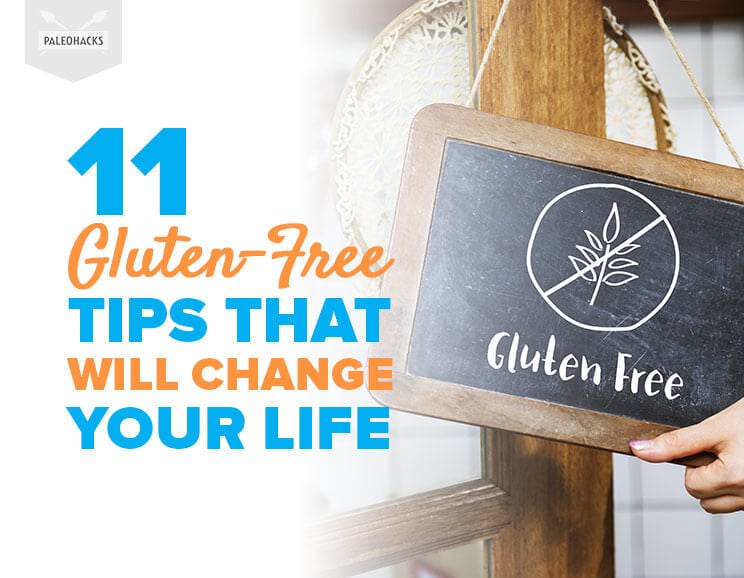
 Danish Ribbensteg [Crispy Skin Pork Roast]
Danish Ribbensteg [Crispy Skin Pork Roast]
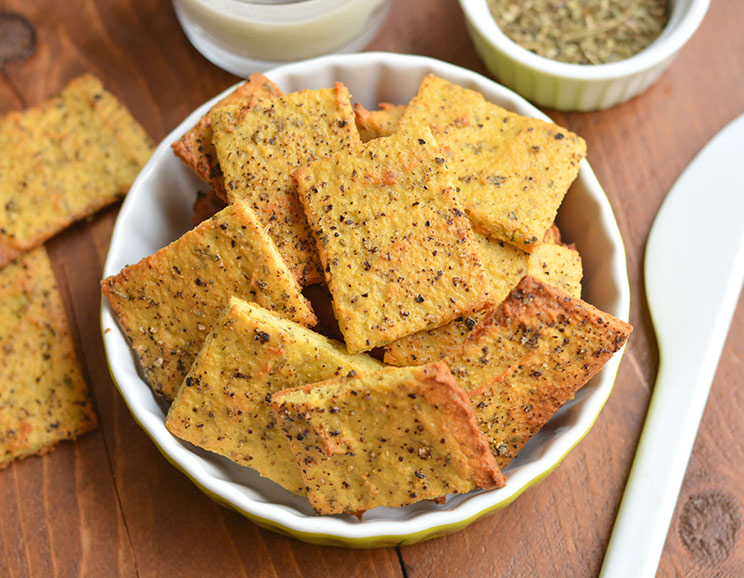
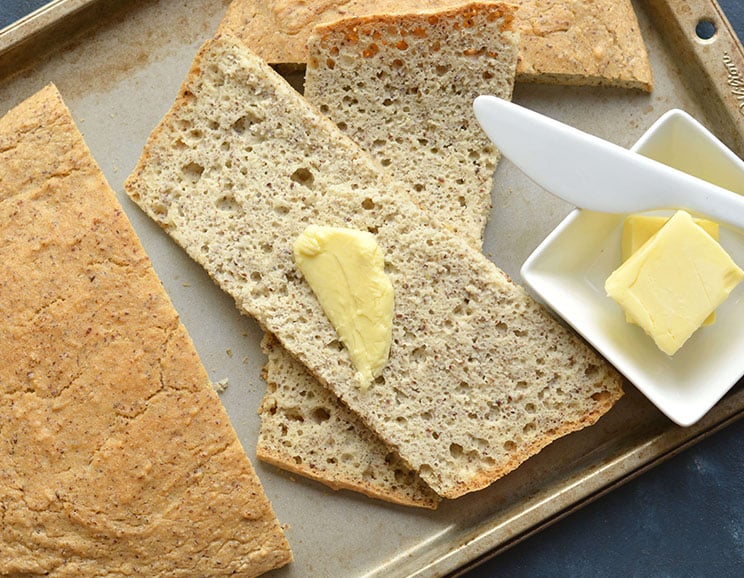
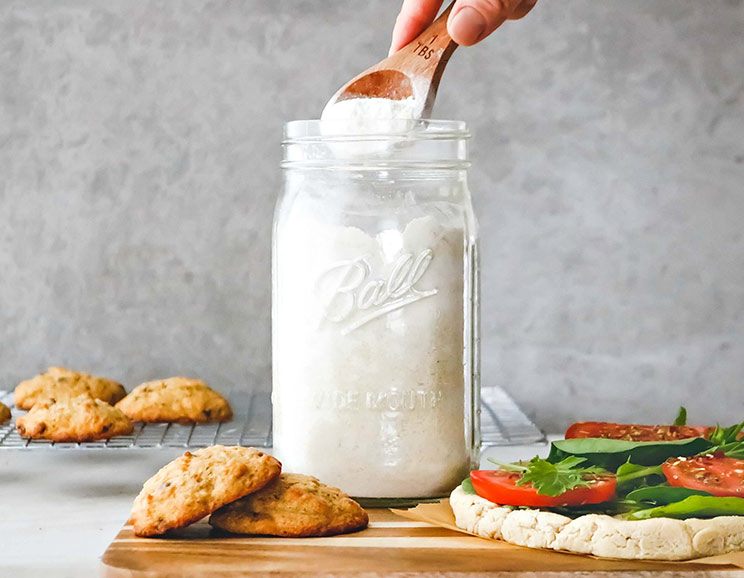
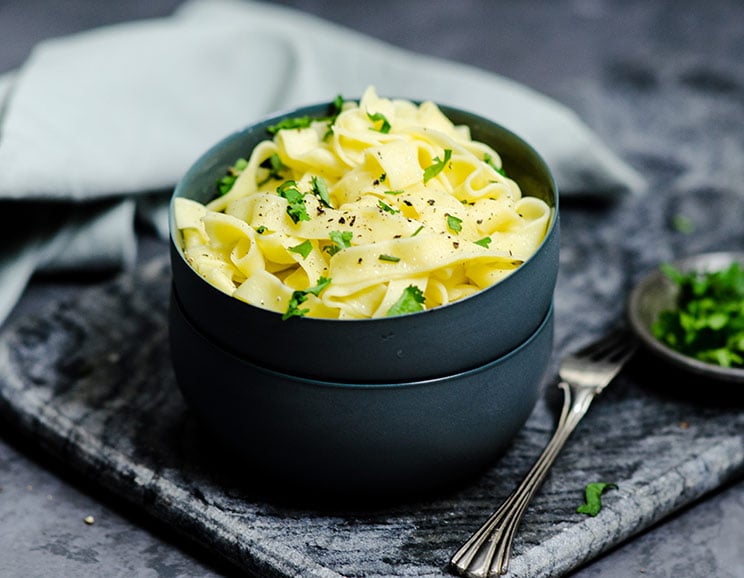
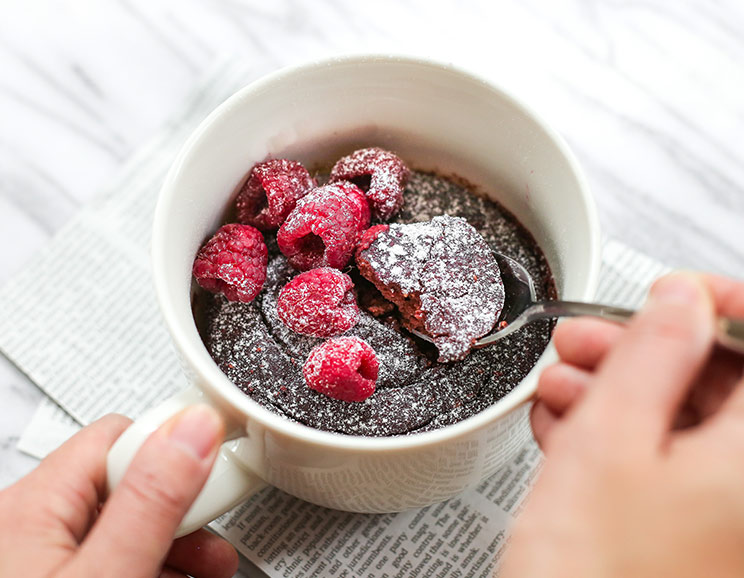
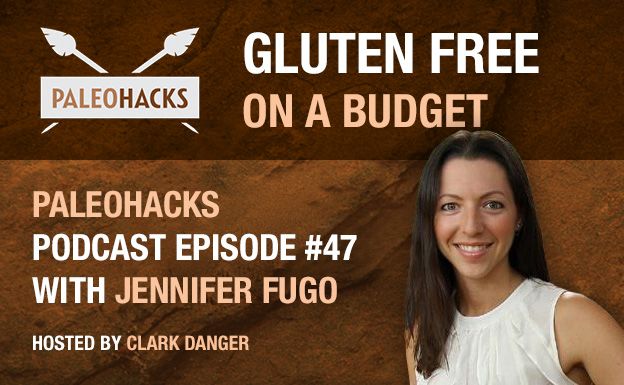
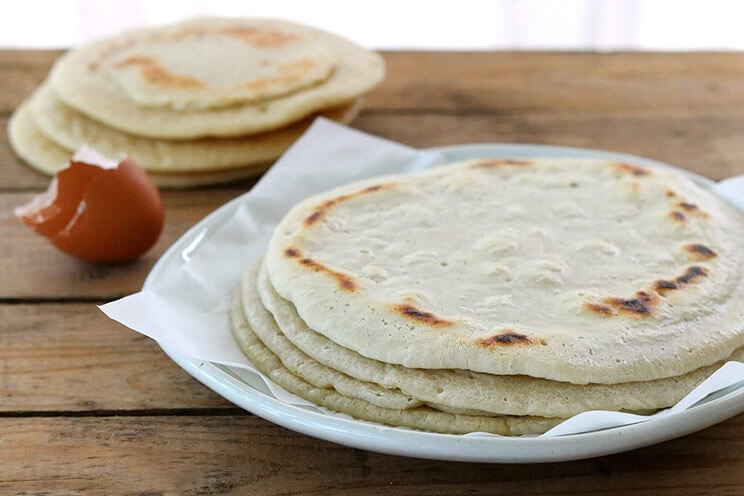
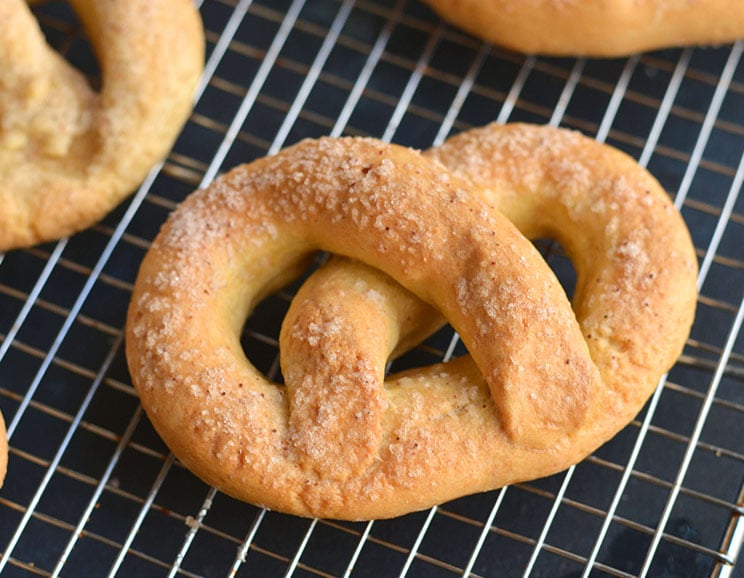
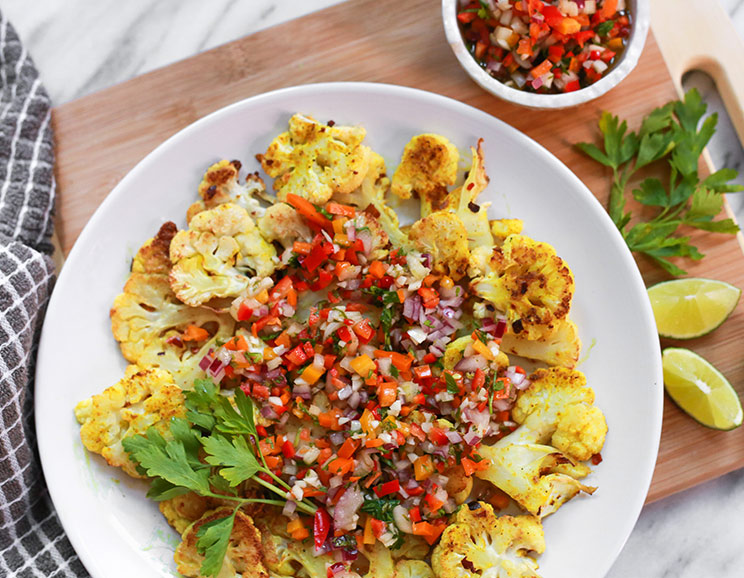
Show Comments